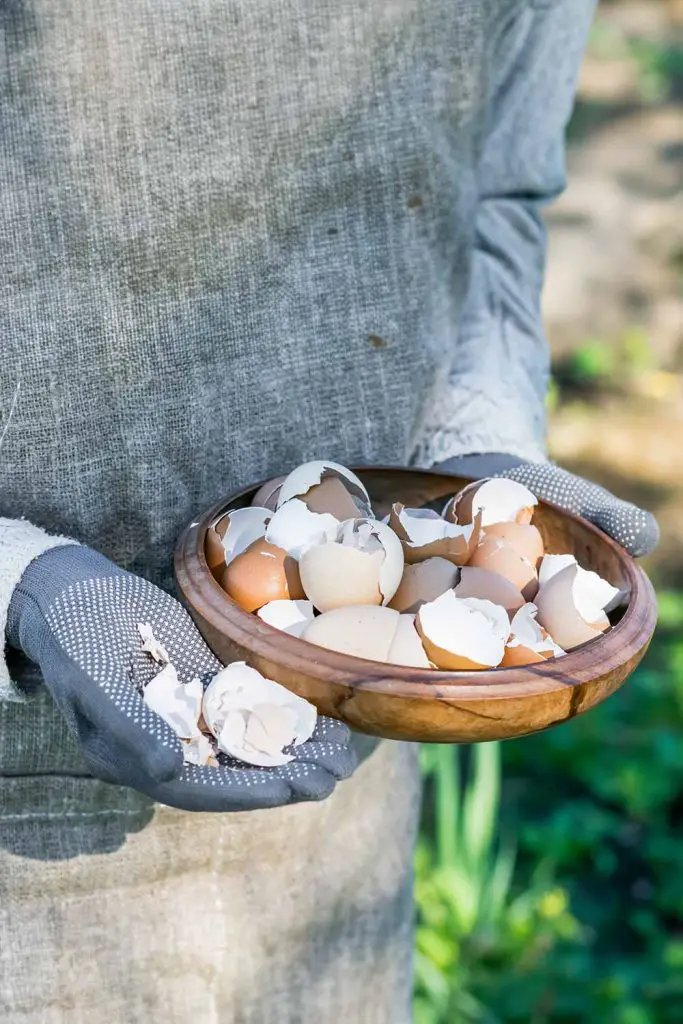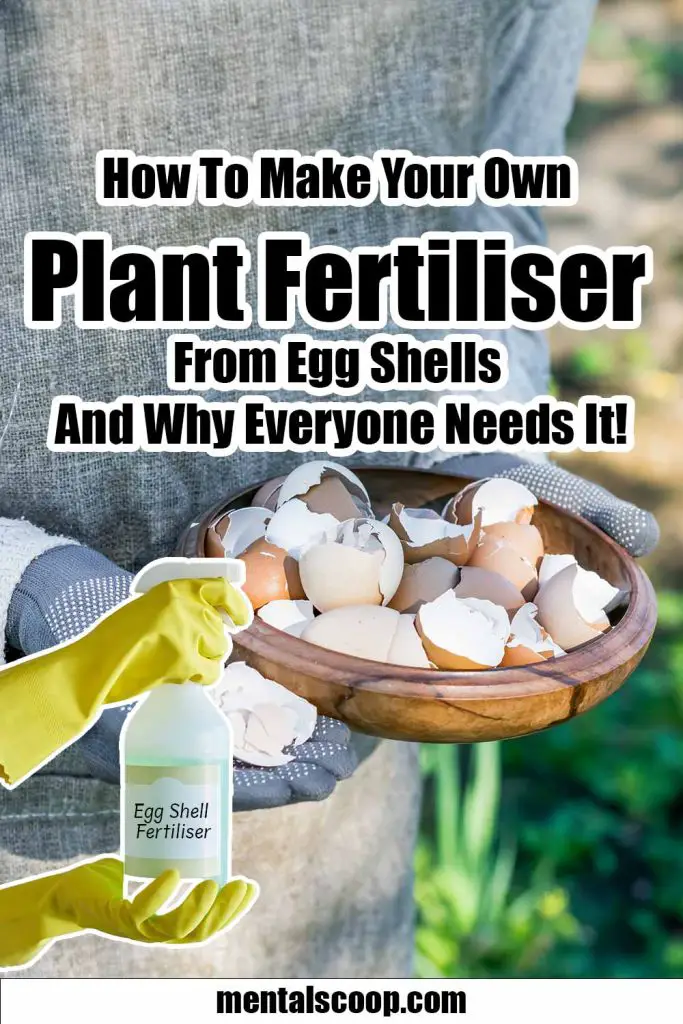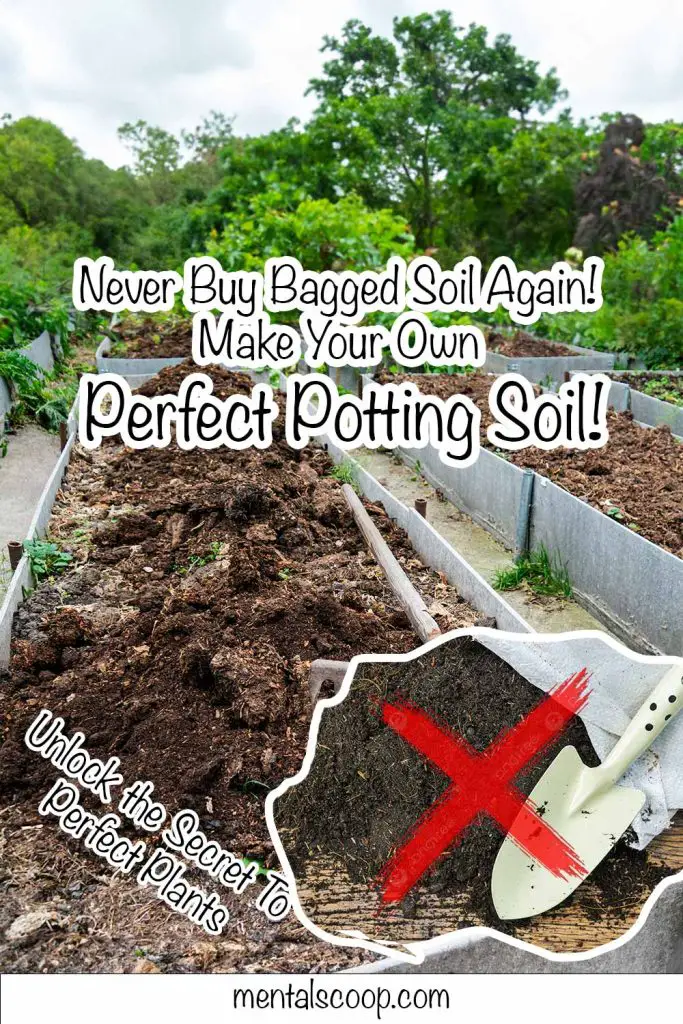How To Make Your Own Plant Fertiliser From Egg Shells And Why Everyone Needs It!

Gardening enthusiasts and eco-conscious individuals alike are constantly on the lookout for sustainable and effective ways to nourish their plants. One surprising but highly effective solution is making your own plant fertilizer from egg shells.
Not only is this method cost-effective and eco-friendly, but it also provides essential nutrients that can help your plants thrive. In this comprehensive guide, we’ll explore the benefits of egg shell fertilizer and provide a step-by-step process on how to create it yourself. Let’s dive in!
The Benefits of Egg Shell Fertilizer
Egg shells are a hidden gem in the world of natural fertilizers. Rich in calcium carbonate, they provide a crucial nutrient that helps plants build strong cell walls, promoting robust growth and resilience.
Additionally, egg shells contain small amounts of other vital nutrients like magnesium, potassium, and phosphorus. Using egg shells as fertilizer can help improve soil structure, enhance water retention, and prevent blossom end rot in tomatoes and peppers.
Why Everyone Should Use Homemade Fertilizer
Homemade fertilizers, such as those made from egg shells, are an excellent alternative to commercial options for several reasons. First and foremost, they reduce waste by repurposing kitchen scraps that would otherwise end up in the landfill.
This not only benefits the environment but also cuts down on household expenses. Moreover, homemade fertilizers are free from harmful chemicals and additives, ensuring a healthier garden and ecosystem.
Collecting and Preparing Egg Shells
To get started, collect egg shells from your kitchen. It’s best to rinse them thoroughly to remove any residual egg whites or yolks, as these can attract pests and create unpleasant odors. Once clean, allow the shells to air dry completely.
You can speed up this process by placing them in a sunny spot or using a low-heat oven.
Crushing Egg Shells for Maximum Effectiveness
After your egg shells are completely dry, the next step is to crush them into a fine powder. The finer the powder, the more easily the calcium and other nutrients can be absorbed by your plants.
You can use a mortar and pestle, a coffee grinder, or a food processor to achieve the desired consistency. Aim for a texture similar to coarse sand or powder.
Using Egg Shell Fertilizer in the Garden
There are several ways to incorporate egg shell fertilizer into your gardening routine. One simple method is to sprinkle the crushed shells directly onto the soil around your plants.
This works well for outdoor gardens, potted plants, and even indoor plants. For an extra boost, mix the crushed shells into your compost pile, where they will break down further and enrich the compost with calcium.
Making Egg Shell Tea for a Liquid Fertilizer
Another effective way to use egg shells as fertilizer is by making egg shell tea. To do this, steep crushed egg shells in boiling water for several hours or overnight. Strain the liquid and use it to water your plants.
This calcium-rich solution provides a quick nutrient boost and can be especially beneficial for plants showing signs of calcium deficiency, such as stunted growth or yellowing leaves.
Combining Egg Shells with Other Natural Fertilizers
For an even more potent homemade fertilizer, consider combining egg shells with other natural ingredients. Coffee grounds, banana peels, and fish emulsion are all excellent options that complement the nutrient profile of egg shells.
By creating a balanced blend of natural fertilizers, you can address a broader range of nutrient needs and improve overall soil health.
Troubleshooting Common Issues
While egg shell fertilizer is generally easy to use, there are a few common issues to be aware of. If you notice pests or mold around your plants, it could be due to improperly cleaned or dried egg shells. Always ensure your shells are thoroughly rinsed and dried before use.
Additionally, if you observe a buildup of egg shell residue on the soil surface, try mixing the shells deeper into the soil or compost.
Long-Term Benefits and Sustainability
Incorporating egg shell fertilizer into your gardening routine offers numerous long-term benefits. Over time, regular use can improve soil structure, enhance nutrient availability, and support the overall health of your plants.
This sustainable practice also helps reduce kitchen waste and promotes a more eco-friendly lifestyle. By embracing homemade fertilizers, you contribute to a healthier garden and a healthier planet.
Making your own plant fertilizer from egg shells is a simple, effective, and sustainable way to nourish your plants. With just a few easy steps, you can transform kitchen waste into a valuable resource for your garden.
Whether you’re a seasoned gardener or just starting out, egg shell fertilizer is a fantastic addition to your gardening toolkit. Give it a try and watch your plants thrive!

More interesting articles you may be interested in reading:

